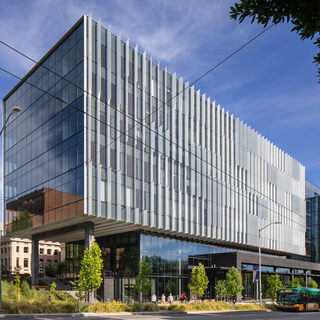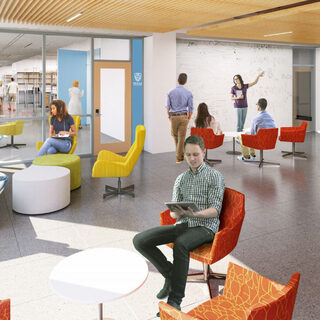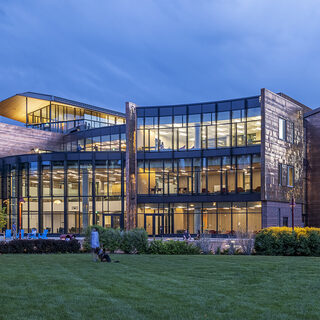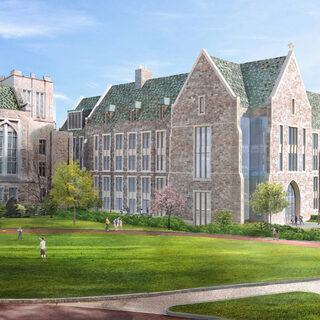Tradeline's industry reports are a must-read resource for those involved in facilities planning and management. Reports include management case studies, current and in-depth project profiles, and editorials on the latest facilities management issues.
Latest Reports
Hans Rosling Center for Population Health
The Hans Rosling Center for Population Health at the University of Washington (UW) is designed to realize the vision of the university’s Population Health Initiative, a 25-year mission to address the most persistent and emerging global challenges affecting human health, environmental resilience, and social and economic equity. The nine-story Center provides space for collaborative group work, active learning, offices, and training for the UW Department of Global Health, the Institute for Health Metrics & Evaluation (IHME), the UW School of Public Health, and the offices of the Population Health Initiative. The project was made possible by a $210 million gift from The Bill & Melinda Gates Foundation and $15 million in earmarked funding from Washington State.
Top 10 Reports of 2021
2021 was another unprecedented year, with rapidly changing capital project priorities. New directions in science funding, the current and future realities of in-person and hybrid learning and work environments, and what it now takes to recruit and retain workers, students, and faculty were items of highest interest. Here is the top ten list of Tradeline articles that your peers found particularly helpful in navigating 2021 and preparing for 2022 and beyond.
Welch Hall Renovation
The newly renovated Robert A. Welch Hall lays the groundwork to transform the way science is taught and done at the University of Texas, Austin, to move from siloed departments to transdisciplinary research that focuses on emerging fields that occur at the interfaces of traditional core science departments. While the sciences had been almost entirely housed in separate single-department buildings, the College of Natural Science’s master plan calls for more program-based facilities. The renovation infuses the building with light and increases its research capacity by 30 percent.
University of Denver Community Commons
The new Community Commons at the University of Denver (DU), one of three major new buildings that opened at the school’s campus this fall, serves as the centerpiece of a student-oriented campus neighborhood that also includes a new residence hall and career center. The Commons is designed to provide students the knowledge, resources, and relationships they need to navigate their college experience, with gathering spaces, support services, and centralized dining options. It was designed in direct response to the goals established in the university’s strategic plan to center, elevate, and enrich the student experience.
New Science Facility to House Boston College’s Human Centered Engineering Program
Boston College (BC) is putting the finishing touches on its new 157,000-sf Integrated Science Building, which will house the college’s new Human Centered Engineering program, as well as the Schiller Institute for Integrated Science and Society, the Computer Science Department, and the Edmund H. Shea Jr. Center for Entrepreneurship. Together, they will advance the college’s mission to pursue the sciences through a liberal arts lens, focusing on solving complex societal problems in energy, environment, and health. The facility, which will house 22 faculty, represents the largest single investment in the sciences in BC’s history.





